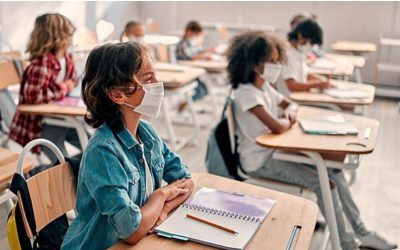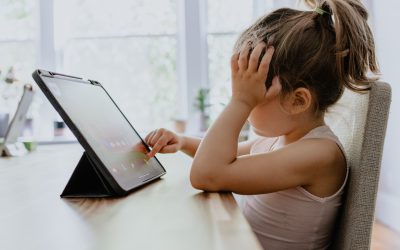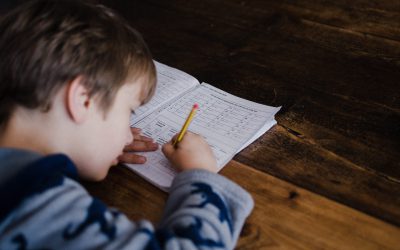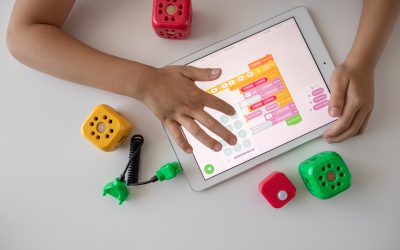COVID-19 Education news week June 1– June 5
8 Jun 2020 | News
In this week’s education news overview:
- Secondary schools have now made contact with all students, including those who weren’t accessing online learning at the start of the pandemic.
- National graduation day in secondary schools on June 4th.
- Schools in secondary education develop plans for after the summer vacation.
- An OECD report on how education systems can use the pandemic to strengthen their innovative capacity with a checklist of learning points.
Prof. Dr. Melanie Ehren & Rukiye Turkeli
08-06-2020


DUTCH NEWS
Interim report on vulnerable students in secondary education
A second survey by the Council of Secondary Education and the Ministry of Education indicates that all students have been contacted, including those that initially weren’t accessing online teaching. These students were taught in school and/or received extra teaching and support online. A third survey will follow on June 12th after the reopening of schools.
National graduation day
On 4 June – ‘ National Graduation Day ‘ – secondary school students celebrated their graduation. All the teachers of graduates of Wellantcollege Montfoort for example cycled past their students’ homes to personally congratulate them, while students of the ‘Willem van Oranje’ school in Waalwijk received their diploma through a tightly organized walk through school, where students encountered all kinds of surprises.
Education after the summer vacation
It is still unclear in the Netherlands how schools will reopen after the summer vacation. The Council of Secondary Education asks the Ministry of Education to provide clarity on the expected corona regime. Some schools are already developing their own plans, for example the director of the Van Maerlantlyceum in Eindhoven says:
“One possibility may be to distinguish between target groups and learning objectives. We can then have the first year students physically come to school and differentiate in the higher grades with digital and physical education.” In addition, they are considering scenarios in which for example the teacher determines whether he/she will offer physical or digital teaching or if the choice can be left to the student, which is currently common in higher education where education is offered in a combination of a digital and physical campus.
INTERNATIONAL NEWS
Strengthening the innovative power of educational systems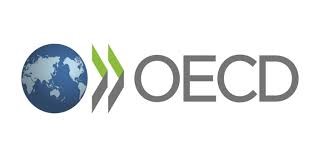
The OECD presents findings from a survey of senior administrators, teachers and school leaders in 59 countries. The survey asked about how the pandemic is changing education and how to prepare for the future. Some of the highlights are:
- Most countries emphasize the continuity of academic learning rather than the socioemotional development of students, although teachers feel that ensuring student engagement and developing their ‘executive functions’ (ability to learn) is more important to prevent future learning loss.
- There is agreement that not all students have been able to engage consistently with their education as provided under these emergency strategies.
- Systems with a more coordinated and effective response implemented professional development for teachers, particularly in using online platforms and teaching and allowing them to communicate and develop solutions with other teachers.
- The efforts to sustain educational continuity during the period of physical distancing revealed two different but equally important lessons: 1) deep disparities in access to technology, connectivity and skills to engage with technology faced by students from different socioeconomic groups, however 2) teachers have significant access to technology and a readiness to engage in multiple modalities of collaboration and professional development using technology.
A reopening strategy should take notice of which of the students who were enrolled before the pandemic return to school, and determine the reasons for drop out. Options to retain students in school in those cases could include conditional cash transfer programs or carefully designed campaigns with information on the benefits of school attendance.
Also, countries may need to adapt admissions, assessment and examination policies so as to focus time and resources on examinations that are critically important for student transitions and the recognition of student learning in the labor market.
The report provides further suggestions on how to reopen schools and includes an overview of strategies to repair learning loss.
A checklist to sustain education continuity in the second phase of the pandemic
The OECD developed a checklist of 15 points (p.10) to sustain education continuity in the second phase of the pandemic. The 15 points provide a vision of the necessary restructuring of education systems to be more effective in ensuring high quality teaching when schools (partially) reopen.
Suggestions include for example:
- Integrating professional development into the school organization and focus on the curriculum and the offering of instruction, the development and enabling of distanced learning (including ‘blended’ models), instead of external offers and provision of professional development
- Restructuring of the curriculum with time and space for better hygiene and less physical contact (e.g. time to wash hands, lessening contact sports) and more attention to executive functions where students learn to work independently
- Developing more effective communication strategies aimed at improving the educational partnership of schools with parents and other stakeholders.
Learning equity in Africa
Nearly all countries in Sub-Saharan Africa have closed schools to slow the spread of the coronavirus. Closures in some places will last through the end of the school year. While many countries are turning to distance learning strategies. Particularly in Africa where access to technology is limited, it is difficult to ensure that these provide equitable learning opportunities for all pupils. Alternative means should be offered utilizing the fact that many students have good access to radio (58%) and mobile phones (71%), as is described in a blog of the World Bank.
Some ministries of education are working with mobile providers to increase access to digital content via mobile phones. Delayed and emerging systems will also benefit more from printed self-learning kits. In Sudan, the government is developing plans to deliver self-guided learning materials through a newspaper in order to reach households with no access to technology. Ethiopia’s Ministry of Education is advising that primary school students follow radio lessons and secondary students follow television lessons, while encouraging all parents to home school their children.
The World Bank states that as education systems work toward reopening, learning loss will need to be addressed through solutions including simplified and accelerated curriculums, additional support to teachers and the broader education workforce, while maintaining current education budgets.
See also information for:
Most recent blogs:
How LEARN! supports primary and secondary schools in mapping social-emotional functioning and well-being for the school scan of the National Education Program
Jun 28, 2021
Extra support, catch-up programmes, learning delays, these have now become common terms in...
Conference ‘Increasing educational opportunities in the wake of Covid-19’
Jun 21, 2021
Covid-19 has an enormous impact on education. This has led to an increased interest in how recent...
Educational opportunities in the wake of COVID-19: webinars now available on Youtube
Jun 17, 2021
On the 9th of June LEARN! and Educationlab organized an online conference about...
Homeschooling during the COVID-19 pandemic: Parental experiences, risk and resilience
Apr 1, 2021
Lockdown measures and school closures due to the COVID-19 pandemic meant that families with...
Catch-up and support programmes in primary and secondary education
Mar 1, 2021
The Ministry of Education, Culture and Science (OCW) provides funding in three application rounds...
Home education with adaptive practice software: gains instead of losses?
Jan 26, 2021
As schools all over Europe remain shuttered for the second time this winter because of the Covid...


